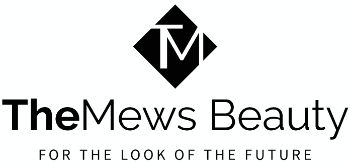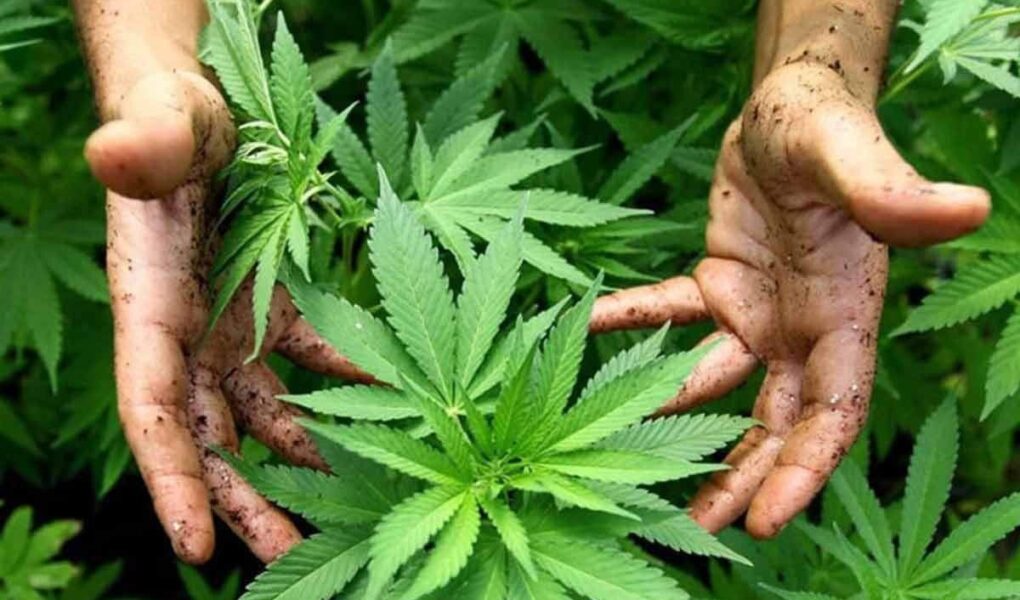CBD is produced in several factories that are subject to strict restrictions at the European Union level. Products must be designed according to standards and pass numerous quality checks before selling.
The acronym CBD stands for cannabidiol, a substance found in the cannabis plant. Known for its therapeutic effects, CBD has been gaining popularity in recent years. And rightly so, countless virtues are attributed to it (anti-inflammatory, analgesic, anxiolytic and many more).
Before going on sale in stores and on the internet, you should know that CBD is produced in different factories subject to strict European Union-level restrictions.
The products must be designed following the regulations and pass numerous quality controls before being sold.
In this article, we invite you to discover the different CBD manufacturing processes, from the cultivation of the plants to the finalization of the product through harvesting, drying or processing.
And if you want to learn about CBD crystals, click here!
Table of Contents
CBD oil extraction
Extraction is a step that takes the CBD out of the plant to transform it into a new form. The different types of CBD extraction are as follows:
- CO2 extraction
This is the extraction method most used by manufacturers. First, CO2 is subjected to very low temperatures that make it liquid. Next, CBD leaves are soaked in this liquid, releasing the active ingredients in vapour form. This vapour is transferred to another chamber where the components are classified, the CBD.
Although this method is expensive and complex, it results in an end product of unrivalled purity.
- Solvent extraction
Many chemicals can be used for this extraction process, such as butane, propane, ethanol, isopropyl or alcohol. CBD leaves are immersed in one of these elements, which will release the cannabinoids as vapour, which will then be recovered as oil.
However, keep in mind that the use of these flammable items can be hazardous. For this reason, only professional hemp growers can safely carry out this process.
- Edible CBD and hemp oil extraction
The last method is extraction with edible oil, such as olive or sesame. CBD leaves are immersed in oil and heated for several hours. The cannabinoids are released and bind to the fats in the oil used. The infused product is then cooled and filtered to extract the CBD.
This natural method is the least used by the industry.
Laws and certifications about CBD in Europe
In Europe and worldwide, CBD is subjected to numerous quality tests by independent laboratories. These controls make it possible to verify the absence of THC (tetrahydrocannabinol), the psychoactive molecule of hemp, but not only.
The absence of THC is not the only concern of the authorities. For example, some laboratories verify the absence of synthetic agents to certify a 100% organic product. Other controls ascertain the lack of microbial life and mould.
One of the most reassuring certifications is ISO 22000. It is based on stringent food standards, which do not tolerate deviation and require full transparency. So you can be sure that an ISO 22000 certified bottle has full traceability of its manufacturing process and that the process is beyond reproach.
The rules to follow
Regarding the presence of THC, jurisdictions are instructed to tolerate the presence of THC in a CBD product as long as it never exceeds 0.2%. At this level, the presence of THC is considered too low to confer any psychoactive effect on the user and is therefore safe.
In Spain, only the cultivation of specific categories of hemp is allowed. Therefore, growers are limited to a list of varieties. In addition, it is prohibited to practice a commercial action with cannabis leaves within Spain. Thus, the CBD must be extracted from the stem or seeds.
Ultimately, this rigour towards cannabis production is as beneficial to consumers as it is to sellers. It ensures that there are high-quality and completely harmless products for sale and some of the best CBD flowers, CBD oils and more, such as with Justbob.shop.




